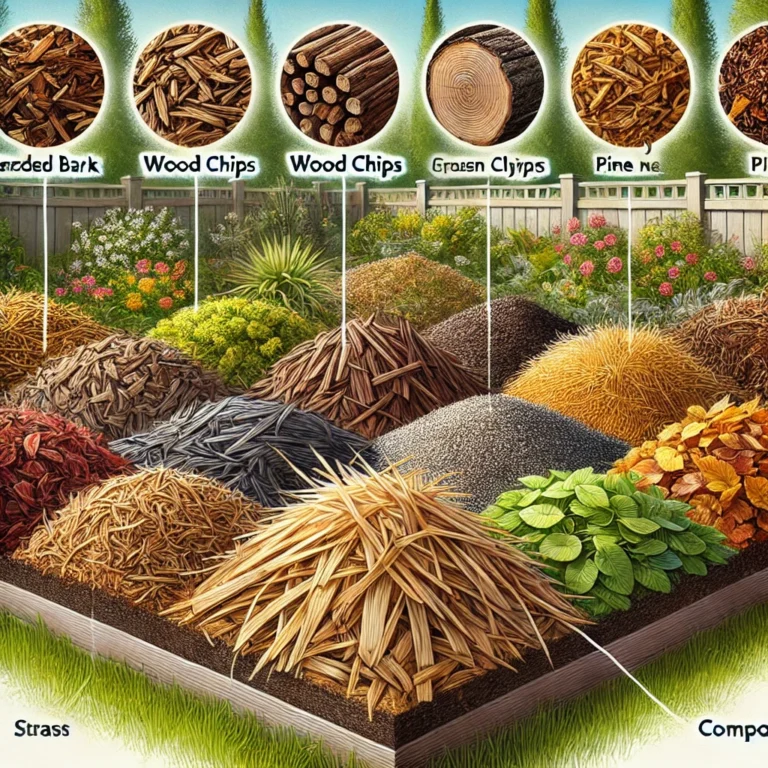
Episode 2: Essential Care Tips
Caring for outdoor plants involves consistent attention and thoughtful practices to ensure they thrive in their environment. Here are some essential tips for watering, fertilizing, pruning, and mulching your outdoor garden.
Watering
Outdoor plants have unique watering needs due to varying weather and soil conditions. Proper watering techniques can help plants thrive and grow robustly.
- Adjust to Weather: The weather greatly influences watering requirements. During hot and dry conditions, plants lose more water through evaporation and transpiration, requiring more frequent watering. For instance, succulents like sedum need less water compared to thirsty plants like hydrangeas or tomatoes. Conversely, during cooler or rainy periods, reduce watering to prevent waterlogging and root rot.
- Deep Watering: Aim for deep watering to saturate the root zone thoroughly. This encourages roots to grow deeper into the soil, providing better stability and access to nutrients. Shallow watering only wets the surface, leading to weak and shallow root systems. This is especially important for plants like roses or fruit trees.
- Best Time to Water: The timing of watering is crucial. Early morning or late afternoon are ideal as these cooler periods minimize water loss due to evaporation. Avoid watering in the evening, as damp foliage can promote fungal diseases, particularly in plants like zucchini or cucumbers.
Fertilizing
Feeding outdoor plants is essential for their health, but balance is key to avoid nutrient imbalances or over-fertilization.
- Organic vs. Chemical Fertilizers: Organic fertilizers, like compost, manure, or fish emulsion, are eco-friendly and improve soil structure over time. They release nutrients gradually, making them safer for plants. Chemical fertilizers act faster and provide specific nutrients but require careful application to avoid harming plants or soil. For example, leafy greens like lettuce benefit from nitrogen-rich organic compost, while flowering plants like roses thrive with balanced or phosphorus-rich fertilizers.
- Seasonal Feeding: Fertilizer application should align with the plant’s growth cycle. Spring feeding supports new growth, while fall feeding helps plants prepare for winter dormancy. Avoid heavy feeding during mid-summer heat or late fall to prevent stress or growth disruption. Perennials like daylilies benefit from this seasonal approach.

Pruning & Deadheading
Regular maintenance through pruning and deadheading promotes vigorous growth and maintains the aesthetic appeal of your plants.
- Pruning Tips: Prune dead, damaged, or diseased branches promptly to curb the spread of pests or diseases. For shrubs like boxwoods, light pruning in early spring maintains shape and health. Flowering shrubs like hydrangeas require pruning after blooming to encourage the next season’s growth.
- Deadheading Flowers: Removing spent blooms from flowering plants like marigolds or coneflowers redirects the plant’s energy into new growth and prolongs the blooming period.
Mulching
Mulching is an essential practice in outdoor gardening, offering various benefits to plants and soil.
- Benefits of Mulching: A layer of mulch helps conserve soil moisture, regulate soil temperature, reduce weed growth, and improve soil quality as it breaks down. It also enhances the overall appearance of your garden. Plants like strawberries benefit significantly from mulching to keep fruit off the soil and prevent rot.
- Natural Mulch Options: Organic mulch options such as wood chips, shredded bark, grass clippings, or straw are effective and environmentally friendly. Apply a 2-3 inch layer around plants, keeping mulch a few inches away from plant stems to prevent moisture-related rot.

